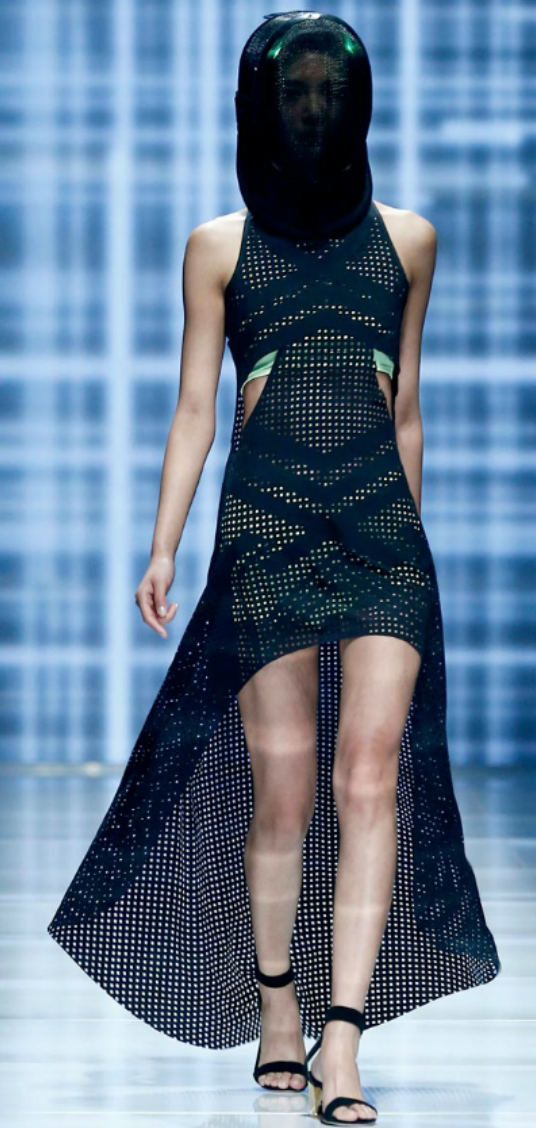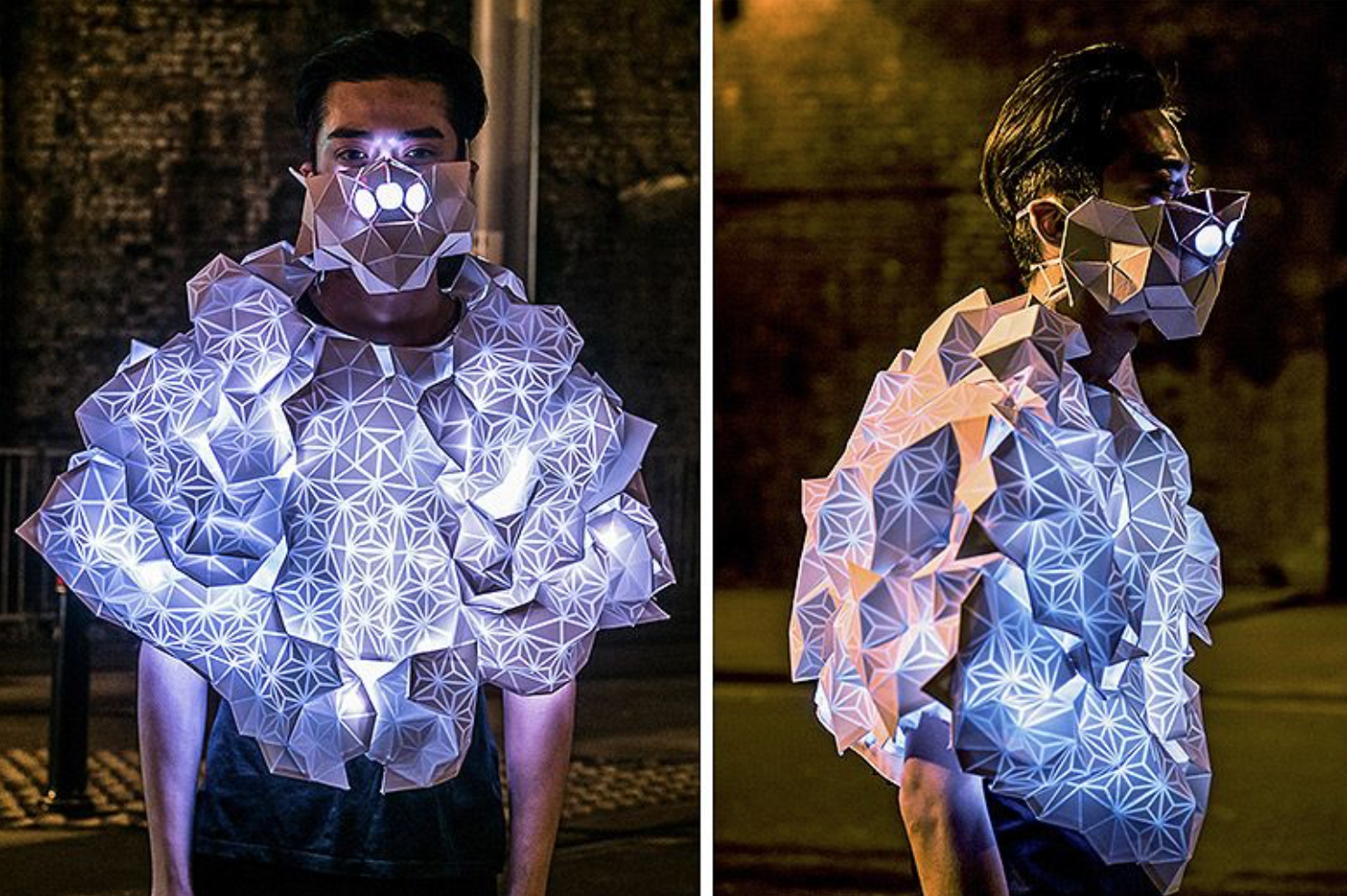Has the last few years of “mask fashion” prepared us for a new normal, defined by contagion and pollution?
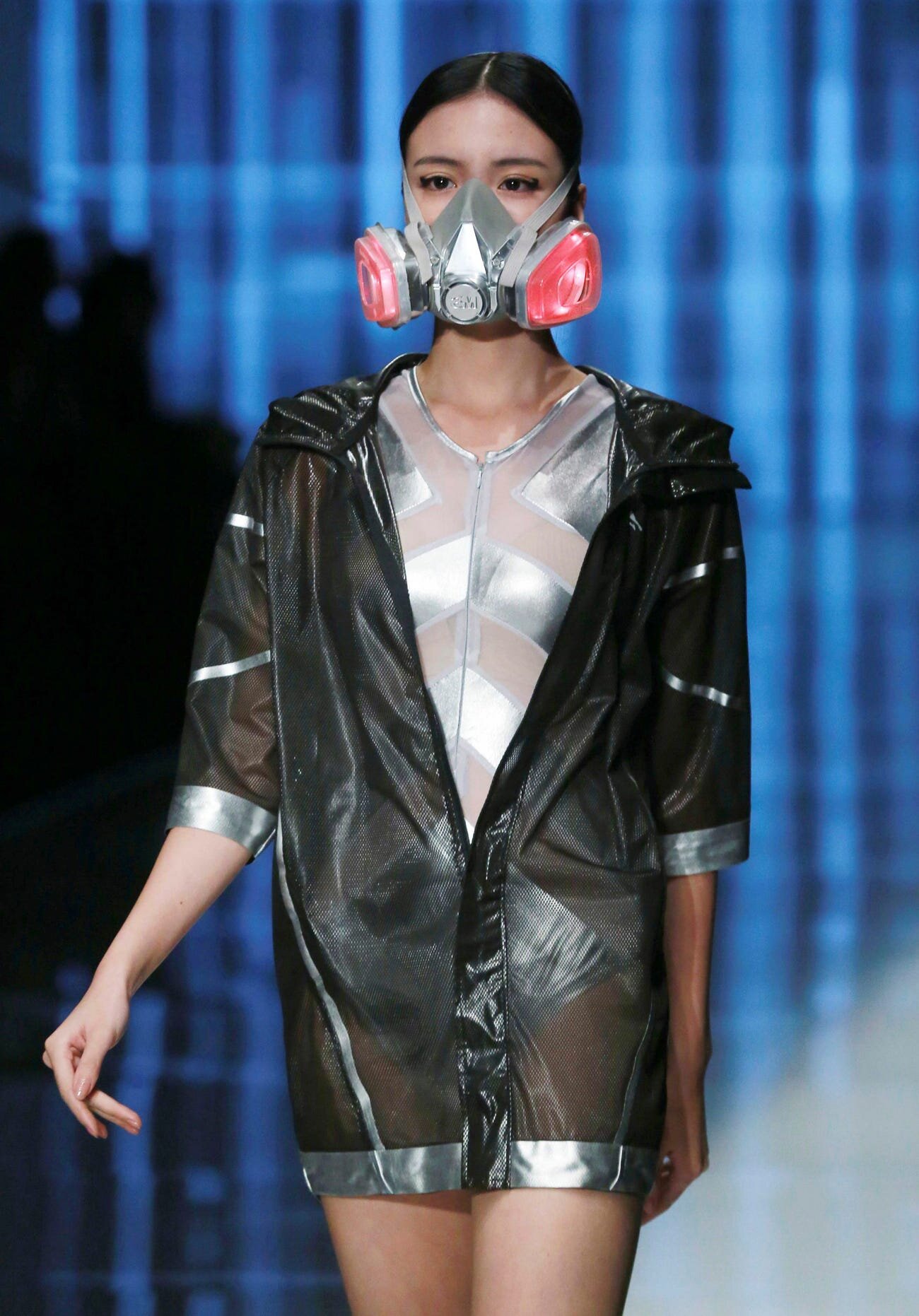
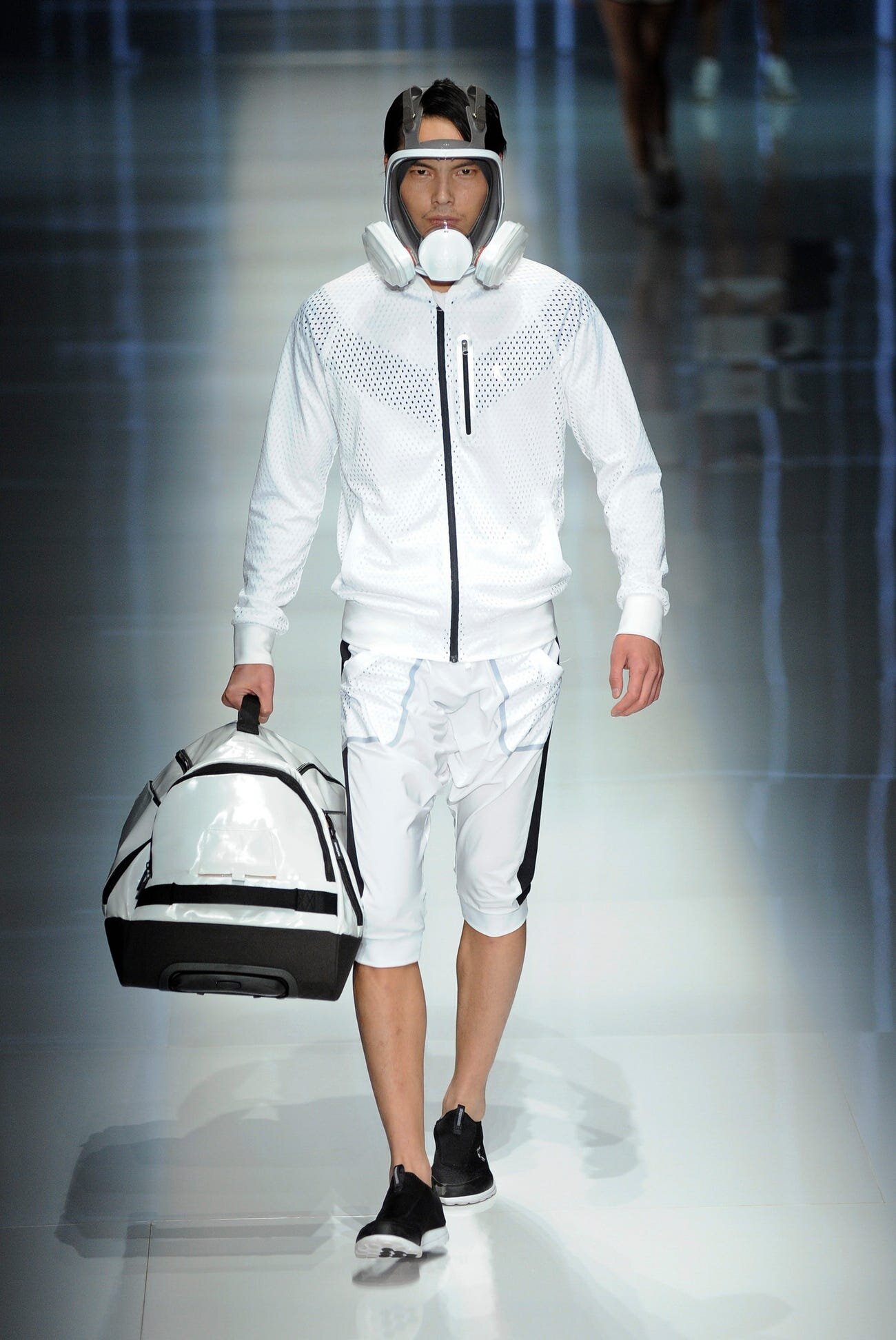
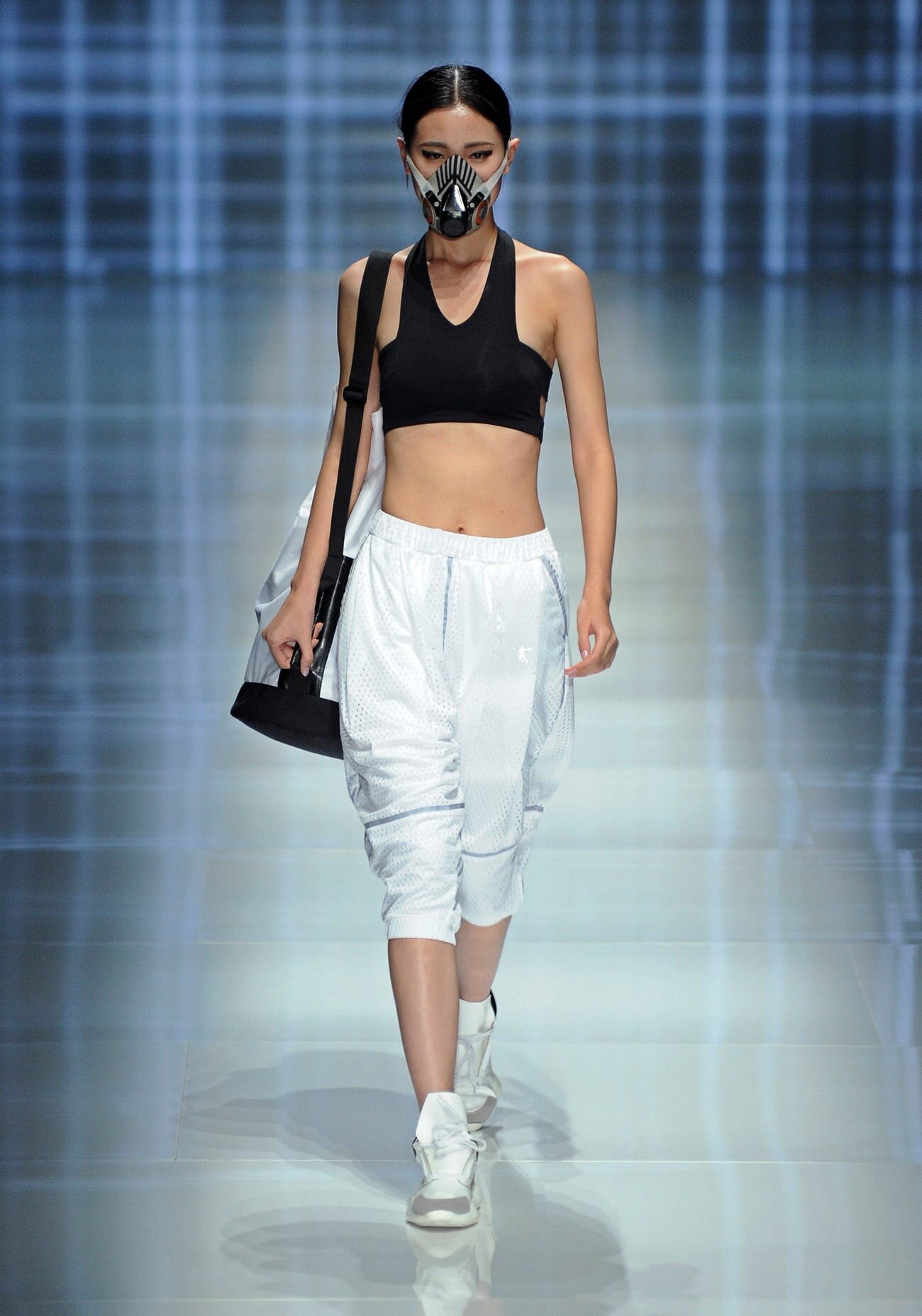
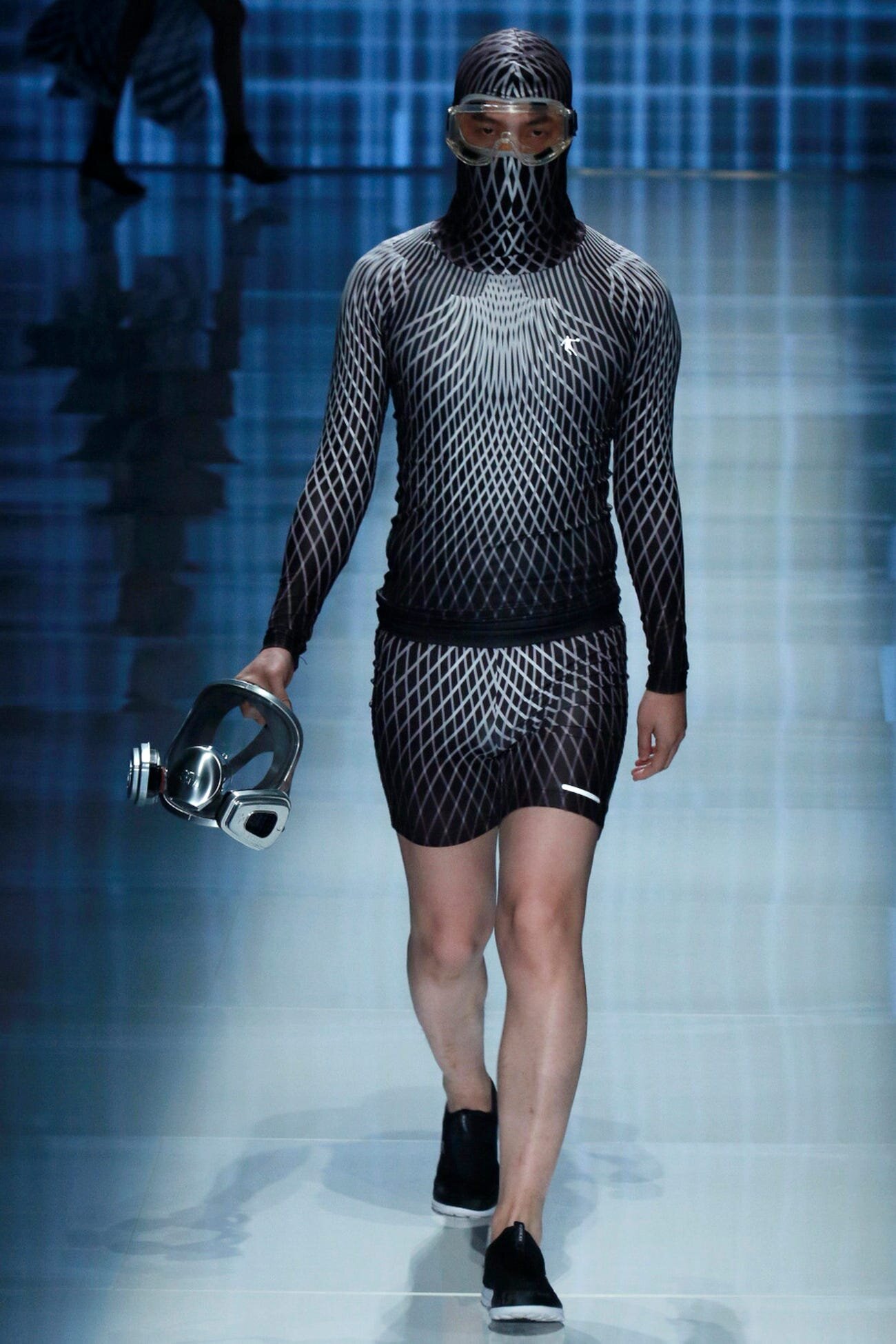
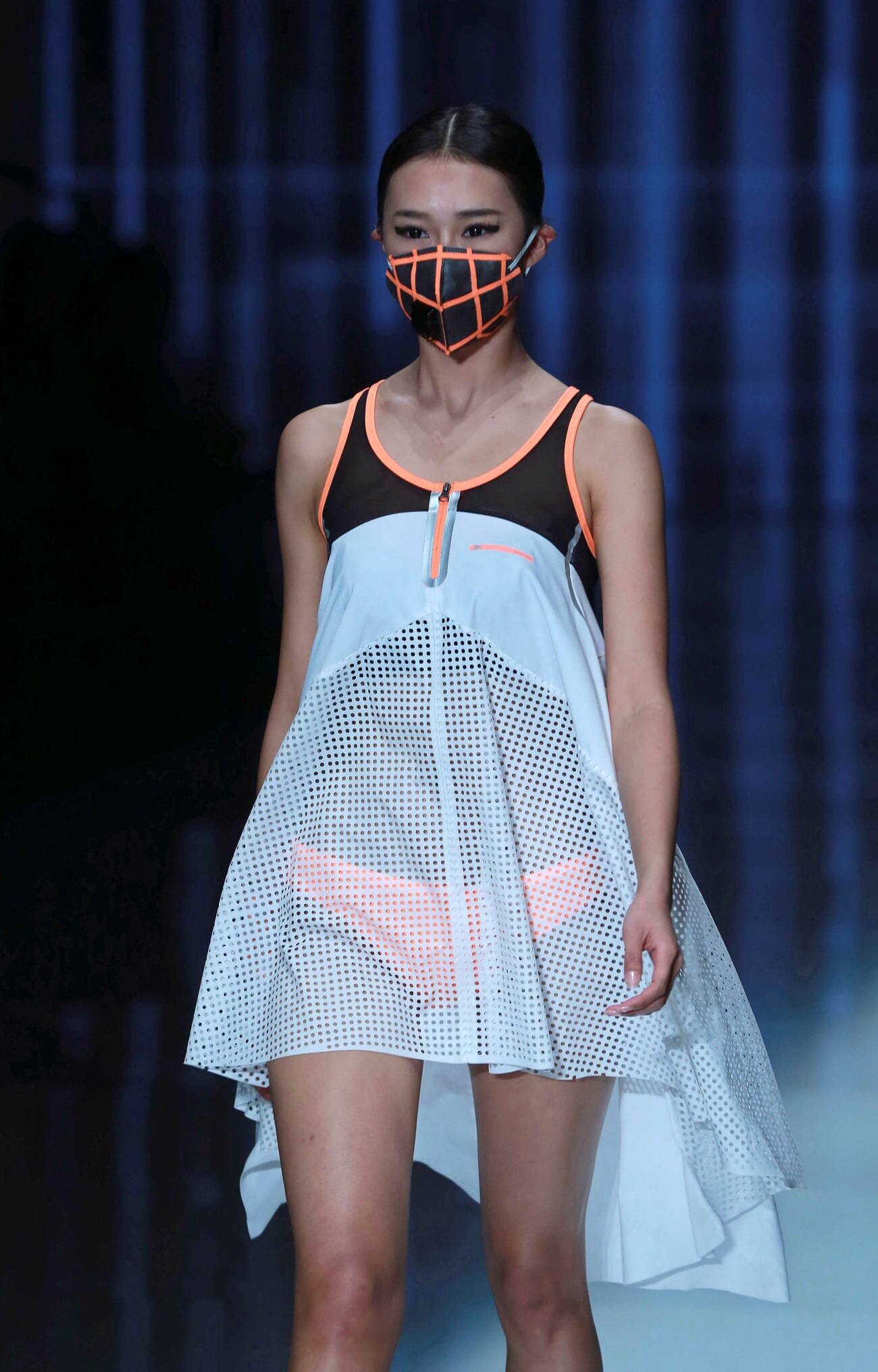
“The street finds its own uses for things”, novelist William Gibson once said. Who would have predicted that the street might demand that the fashion industry gives us an aesthetic rationale for wearing facemasks in the street?
Even though the general medical consensus on mask-wearing is that you should do so (as much to protect others from your own transmission as protect yourself), some interesting issues of cultural difference have arisen.
European and Anglo-American societies aren’t too keen on wearing them, while it’s now almost an occasion for social disapproval if you don’t have one on in Asian societies. Yet it shows how much corona is turning norms upside down.
Recall our recent culture wars about the threat to citizenship and social cohesion that the facial covering (whole or part) of Muslim women were supposed to pose?
If this contagion and others become a structural feature of our societies going forward, as many predict, then we’ll have to integrate mask-wearing into everyday lives. And this is where fashion might be helpful and useful, creating connection, self-expression and humanity in the face of this threat.
We’ve been edging up to mask fashion for the last few years, driven there by the various atmospheric pollutions in mega-cities around the world. Take the above “Smog Fashion” spread from the China Fashion Week in Beijing, October 28, 2014 (as reported in Business Insider).
We’ve also found, from 2016, this fabulous experiment (above) in “wearables” taking place in Manchester. Called Human Sensor, it’s a smart mask and garment that shows how bad the smog is in your neighbourhood. A rather beautiful public performance of virtue. (Though it looks like indicating the toxicity of our immediate social spaces is going a lot more private. See the news this week that Apple and Google are collaborating on an app for phones that lets you know the status (infected or immune) of those around you). Inset is a video showing how it works.
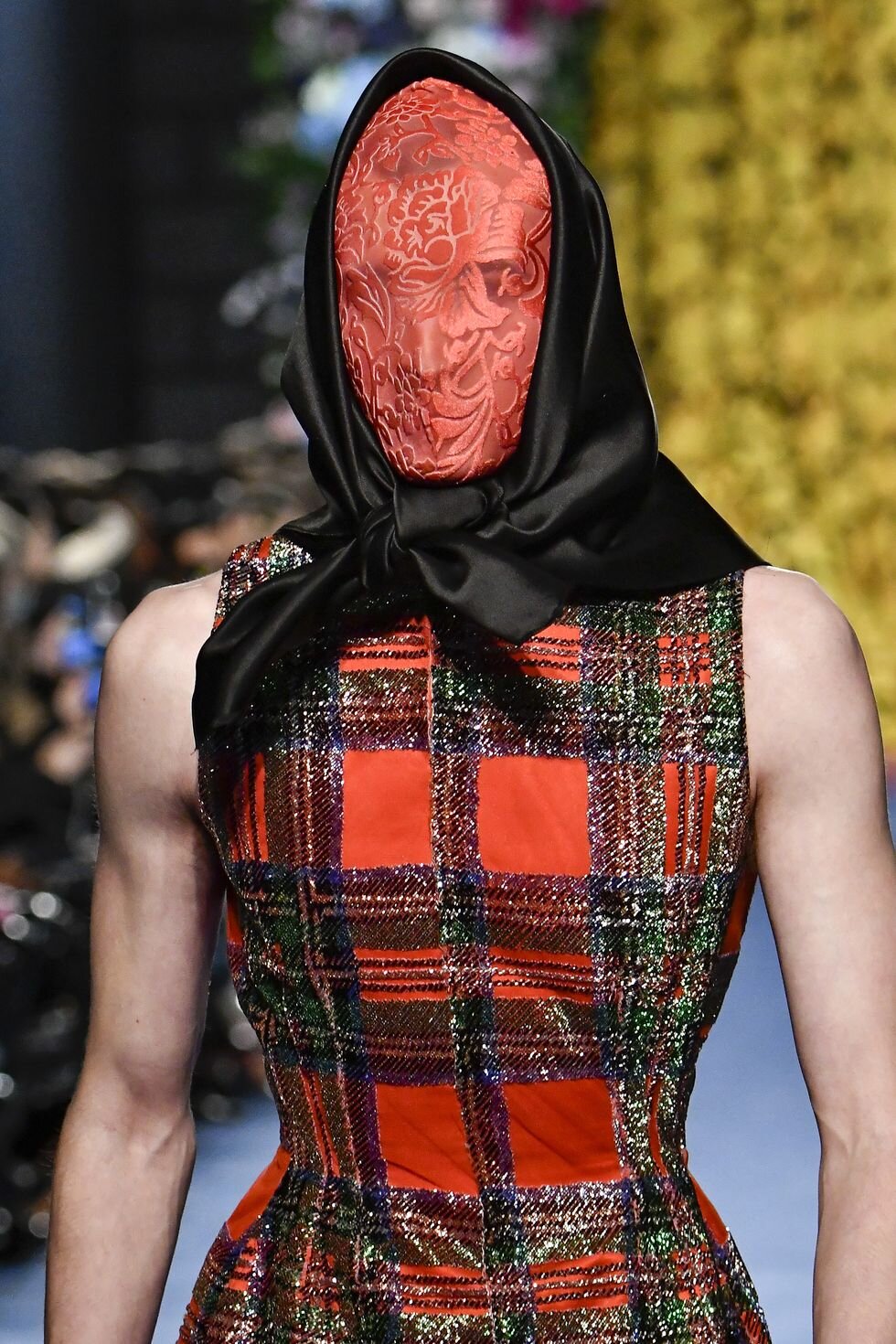
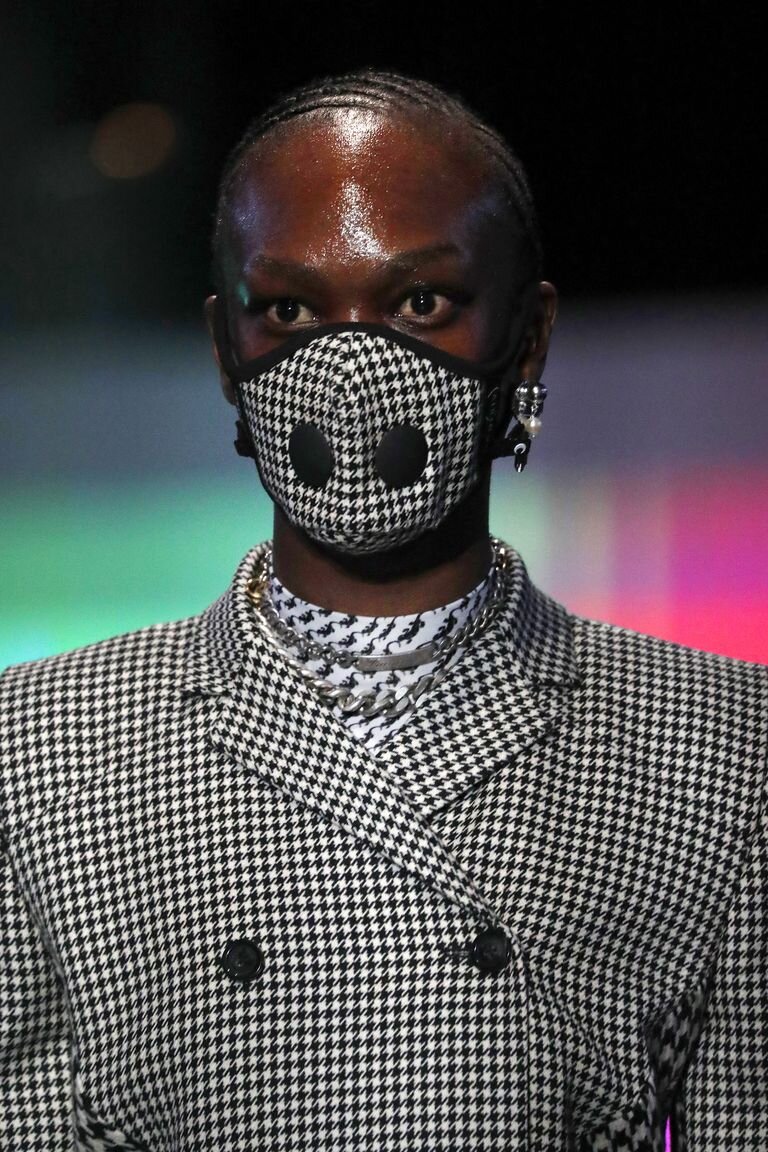
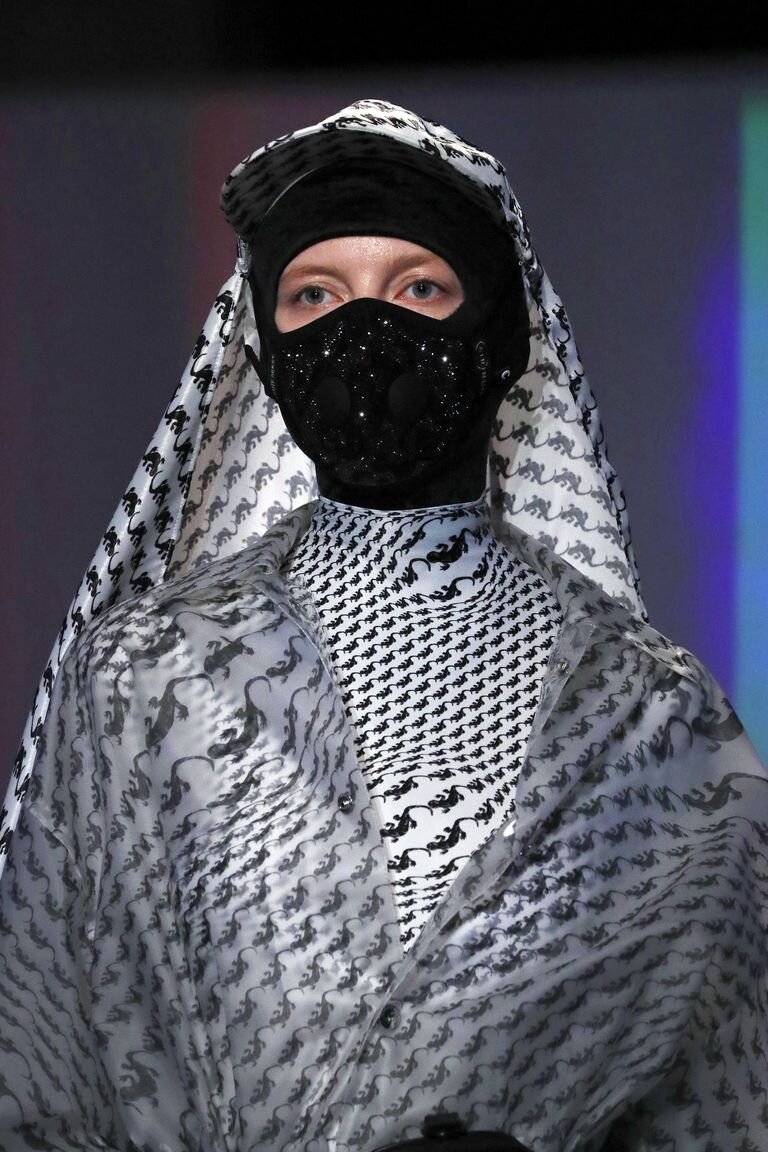
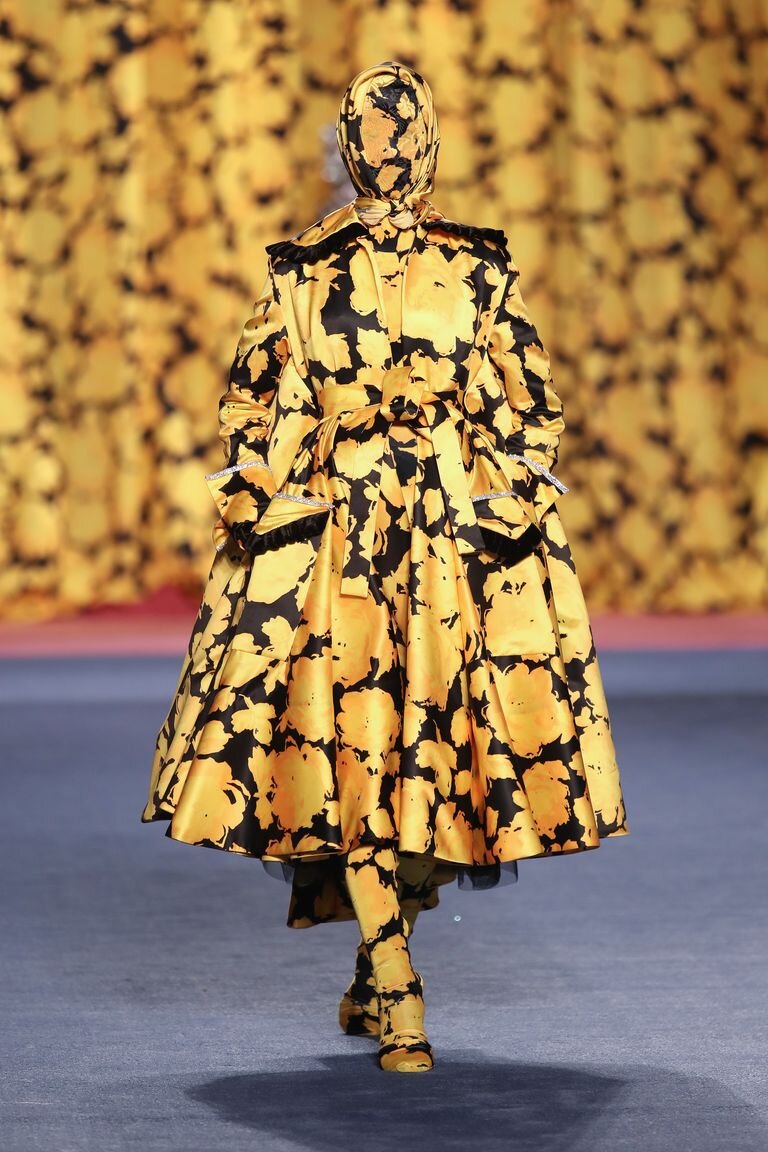

Cut to the present, and below we show you a gallery of currently available items and couture designs. They show, at least, how adaptable we are to current realities.
Big question: should we adapt? Should this be instead seen as a sign of reversal, an alienated (and alienating) consequence of the tragic pollution of our public realm? (Have we forgotten the recent role of filters and masks in the Hong Kong uprising?)
Or does it make a psychological point - that we are largely and already masked socially, in large urban contexts, whether we have a cloth or filter on our faces, or not?
Another view: might it introduce a useful modesty and formality to our social relations, at a time when tensions might easily rob us of patience and forbearance?
The display (left) shows images taken from the CR Fashion Book, March 17th 2020 report, titled: “Masks were on the runway all month”.
Further down are instances taken from the Guardian article on Coronavirus coutoure, in mostly a series of Instagram embeds.
Please regard what we’re doing here as a futures exercise - using fashion as a crystal ball where we can glimpse some aspects of our coming “new normal”. We of course pay tribute to all those carers who are putting themselves, and their masks, on the front line to save lives.


